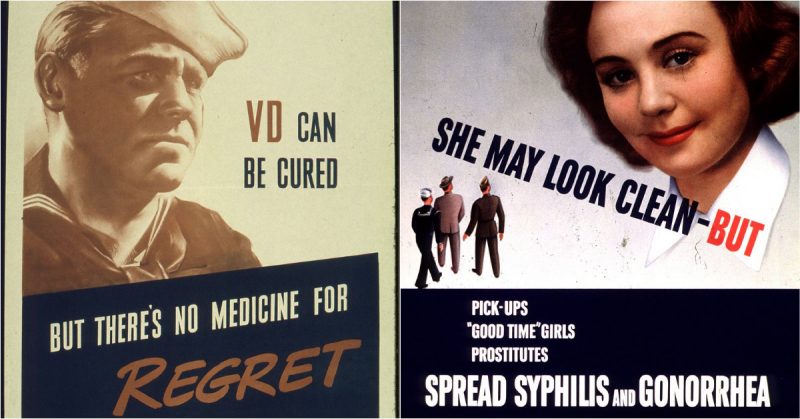They came in tins with rather amusing names and packaging: Sheikh, Saxon, Peacock, Ramses and other exotic-sounding names.
Few items are as ubiquitous these days as the condom; found in pretty much every country on the planet, available from the biggest supermarkets to the smallest corner stores. Almost everyone over a certain age knows what these little latex items are for and how to use them.
The history of the condom goes back many centuries, but the necessity of issuing condoms to soldiers only dates back to Germany’s prophylactic provisions during the First World War.
The armies of other countries would have to wait a few more decades before their enlisted men would be provided with condoms to prevent the spread of venereal diseases, outbreaks of which have followed and occasionally crippled armies throughout history.
Early condoms, made out of treated linen or animal intestines, were not particularly effective at controlling the spread of venereal diseases. It was only later in the 19th century when condoms began to be made of rubber that they became effective at stopping sexually transmitted infections. Incidentally, this is where the term “rubber” came from, despite the switch to latex manufacture in the 1920s.
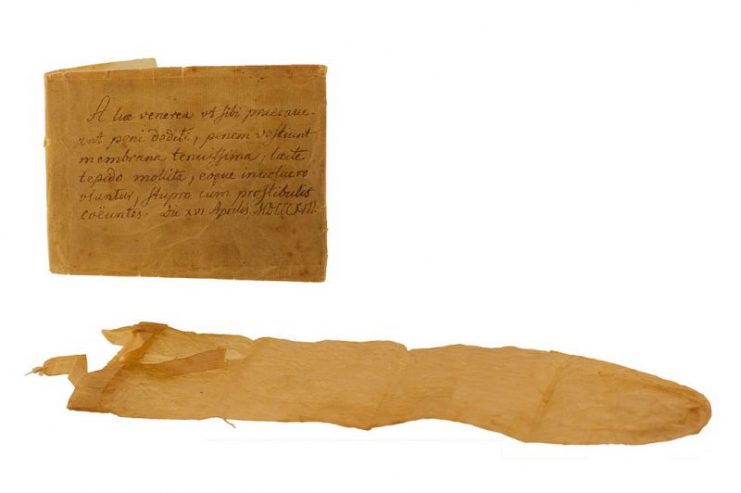
Venereal diseases had significant effects on Europe (and later America), particularly from the 1490s onward after the emergence of syphilis which is thought to have originated in the New World. Another widespread STD (sexually transmitted disease) from the early medieval period, and potentially even further back, is gonorrhea, colloquially known as “the clap”.
Syphilis was more lethal of these two diseases, and while it didn’t usually kill the victim, the infected person would often suffer in agony for months and could be rendered blind or insane.
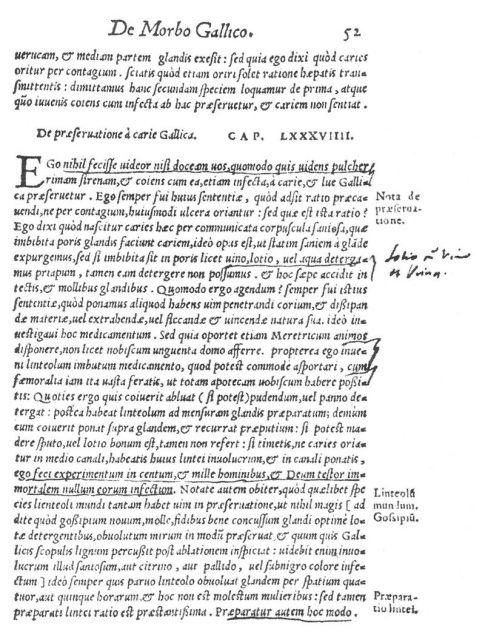
It has been recognized for many centuries that armies, particularly those deployed in foreign territories, are particularly susceptible to the scourge of STDs. Large numbers of men on the march, away from their wives and girlfriends for months or even years at a time, coupled with camp followers and prostitutes eager to capitalize on the vast number of potential clients make army camps and garrisons ideal breeding grounds for venereal diseases.
https://youtu.be/FrSywONcqCs
Gonorrhea outbreaks were recorded by crusader armies during the Crusades, while the first recorded outbreak of syphilis among troops was recorded in 1495 when many of Charles VIII’s soldiers were struck by the disease after invading Naples.
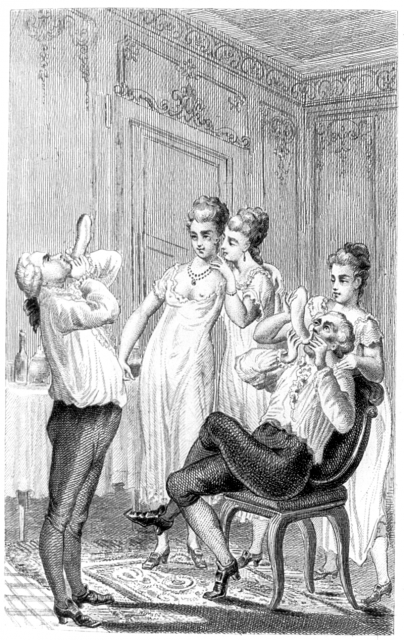
Fast forward a couple centuries and the outbreaks of venereal diseases among troops were becoming more serious and larger than ever. During the American Civil War, for example, there were a recorded 183,000 cases of syphilis and gonorrhea in the Union army alone.
Later during the First World War, around 18,000 US servicemen were taken out of action every day due to STDs, while the United States spent around $50,000,000 treating all these infections among its troops.
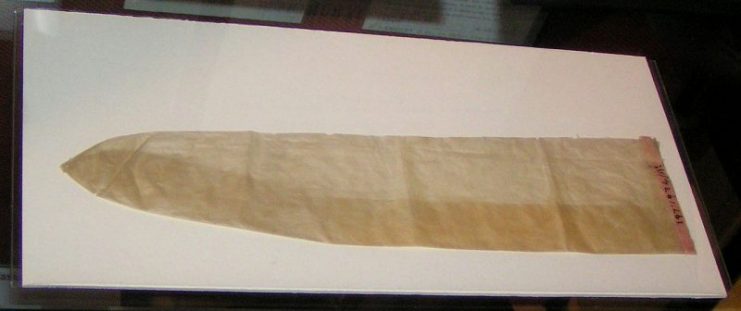
Despite this, condoms–the cheapest and most effective way to prevent the spread of STDs–were not issued to American servicemen during the war. They were instead given lectures on morality and distributed propaganda encouraging abstinence. These attempts proved to be spectacularly ineffectual, and close to 400,000 cases of syphilis and gonorrhoea had been reported by American troops by the end of the war.
European countries, Germany in particular, had realized the importance of preventing outbreaks of venereal diseases among their troops toward the end of the 19th century. From the latter half of the 19th century, Germany began issuing its enlisted men with condoms and became the largest condom manufacturer in Europe.
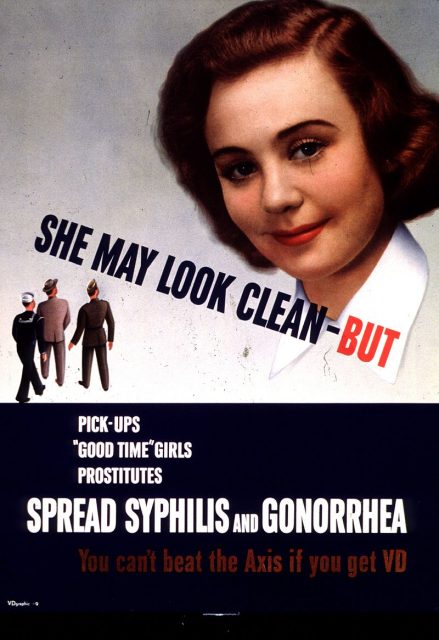
During the First World War, most countries involved in the conflict (with the United Kingdom and the United States as notable exceptions) issued condoms to their troops and promoted their use, thereby curbing the spread of venereal disease and keeping their troops on the ground.
After the First World War, the United Kingdom and the United States learned their lesson in the importance of preventing STD outbreaks; no amount of propaganda, movies, or lectures on morality and abstinence was sufficient in stopping their soldiers from being sexually active on deployment.
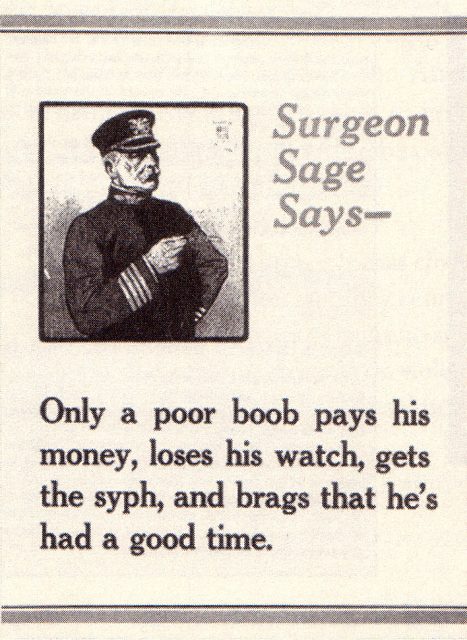
It was clear that the only way to prevent the spread of venereal disease was to issue troops with condoms. While they continued with training movies and pamphlets, the focus shifted to education about STDs and safe sex instead of promoting abstinence as the only way to stay healthy.
Furthermore, condoms became standard issue items for all American servicemen from 1931 onward, which coincided with a steep drop in the spread of venereal diseases among its soldiers.
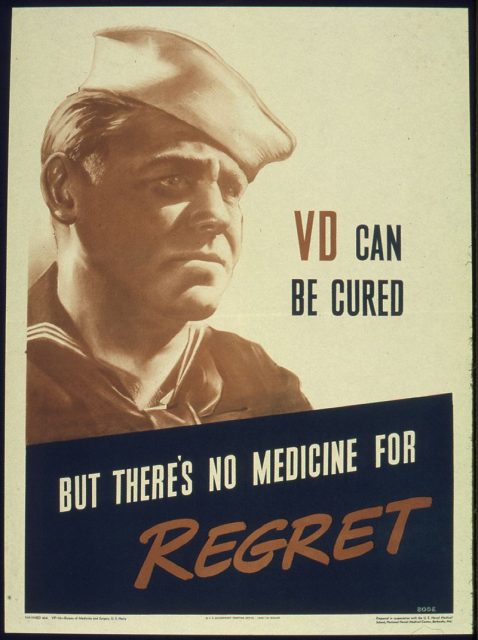
The condoms issued to American troops during the 1930s were generally made of latex and were far safer than the condoms of the late 19th and early 20th century. They came in tins with rather amusing names and packaging: Sheikh, Saxon, Peacock, Ramses and other exotic-sounding names. Packaging was later switched to cardboard due to the necessity of conserving metal for wartime armament production.
The US Army would generally issue each serviceman with six free condoms a month during the Second World War. They also issued soldiers with a “pro kit” (prophylactic kit) which contained medicated soap, medicinal cream, and a pre-treated cloth that they could use to wash their genitals immediately after sex for extra protection.
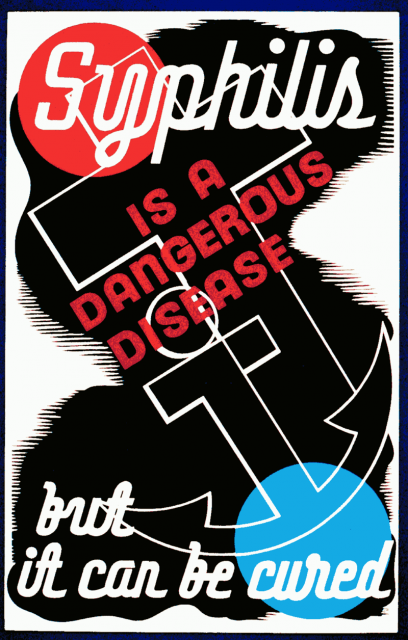
Yet despite issuing condoms to the troops, STD infection rates remained relatively high. Some historians believe that this was because the discovery of effective penicillin treatments for STDs in the 1930s meant that troops were no longer as scared of contracting those diseases, making them more careless about using the condoms issued.
Read another story from us: Yes But Did British Spies REALLY use Semen as Invisible Ink?
During the Korean War infection rates, especially for gonorrhea, remained high among US and Allied troops, although infection rates fell during the Vietnam War.
Alongside better sex education, there is no doubt that issuing condoms to soldiers greatly helped in limiting the spread of STDs. Today you’d be hard-pressed to find any army that doesn’t issue its troops with this humble but essential equipment.
